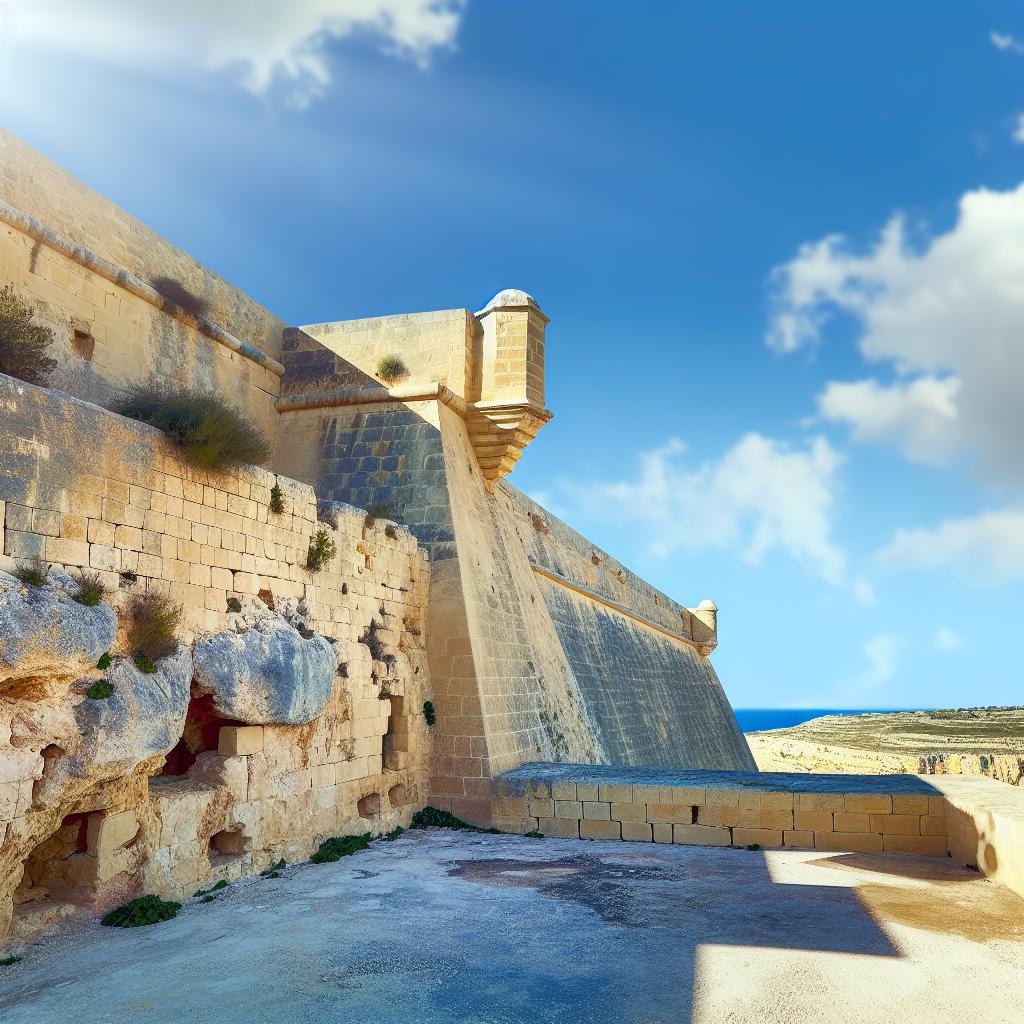The History and Purpose of Fortifications
The Knights of Malta, initially known as the Knights Hospitaller, established an impressive series of fortifications on the islands of Malta during their control, which commenced in 1530. These structures, purposefully designed to defend against Ottoman invasions, hold a prominent place in Mediterranean military history. The strategic positioning of Malta in the heart of the Mediterranean Sea rendered these defenses essential for commandeering naval routes and protecting Christian Europe.
Purpose Behind the Fortifications
The primary objective behind the construction of these fortifications was to provide a robust defensive mechanism against potential invasions. During the 16th century, Malta was often at the center of power struggles between European powers and the Ottoman Empire. Hence, building formidable defenses became critical for the Knights. These forts served not just as military havens but also as deterrents to enemies, showcasing the strength and resolve of the Knights.
Key Features of the Fortifications
The fortifications built by the Knights were a sophisticated system consisting of walls, bastions, batteries, and redoubts, designed with practicality and longevity in mind. A fundamental aspect of these structures was the harbor defenses that guarded the capital city, Valletta. The Grand Harbour was shielded by a series of sturdy fortresses, including the well-known Fort St. Angelo, Fort St. Elmo, and Fort Ricasoli.
The architectural style of these fortresses was significantly inspired by Italian military engineering. The designs incorporated the star fort style, which was specifically structured to endure cannon attacks and to offer overlapping fields of defensive fire. This architectural choice was a reaction to the increasing use of gunpowder weaponry at the time, which required new strategies in fort design.
Fort St. Elmo
Fort St. Elmo, situated at the extremity of the Sciberras Peninsula, played a crucial role during the Great Siege of 1565. It represents a prime example of a bastioned fort and exhibits innovations in military architecture, such as bastions and curtain walls with a trace italienne design. These architectural features enabled the fort to provide a strong defense against both sea and land assaults.
Fort St. Angelo
Positioned at the center of the Grand Harbour, Fort St. Angelo served as the primary residence of the Grand Master of the Knights of Malta. Originally a medieval castle, it was transformed into a fortification reflecting Renaissance military architecture. Its strategic location enabled it to monitor and control sea traffic, making it significantly valuable during sieges.
Fort Ricasoli
Built in the late 17th century, Fort Ricasoli was among the final significant projects of the Knights. Its massive stone walls and advanced defensive systems represented the culmination of centuries of military architectural development. Even today, it remains one of the largest fortifications in Malta, though years of exposure to the elements have partially eroded it.
Architectural Influence and Design
The architectural design of Maltese fortifications is deeply influenced by the advances in military technology during the Renaissance period in Europe. The evolution from medieval castles to fortified walls with bastions highlights the shift in thinking about defense strategies. The trace italienne was one of the foremost examples of this transformation, providing a means to mount new artillery and adapt to modern warfare challenges.
This design was characterized by low, thick walls that could absorb cannonball impacts, allowing defenders to have an advantageous position over attackers. The fortified structures were often complemented by intricate systems of ditches and obstacles, adding an extra layer of protection.
Economic and Political Impact
The presence of such fortifications had broader implications beyond military defense. Economically, they provided stability and security, which were essential for trade and the prosperity of the islands. Politically, the fortifications enhanced the influence and prestige of the Knights of Malta across Europe. Their success in defending Malta during crucial battles, like the Great Siege of 1565, elevated their status and demonstrated the strategic importance of Malta in European geopolitics.
Contributions to Malta’s Heritage
The legacy of the Knights of Malta is intricately woven into the cultural and historical fabric of the island. The fortifications stand not only as symbols of Malta’s rich past but are also recognized as significant parts of its architectural heritage. Many of these sites are accessible to the public, offering valuable insights into the military technologies and innovations of their era.
Modern-day conservation efforts focus on preserving these historic sites for future generations, emphasizing their importance to both local cultural identity and world heritage. Initiatives aimed at restoring and maintaining these fortifications highlight the technological and historical significance of these monumental structures.
For those interested in discovering more about Malta’s fortifications, visiting the Visit Malta official tourism site can provide comprehensive information to explore these historical sites and plan an enriching trip. Engaging with these fortresses offers a glimpse into Malta’s past and an understanding of their role in shaping the region’s history.

